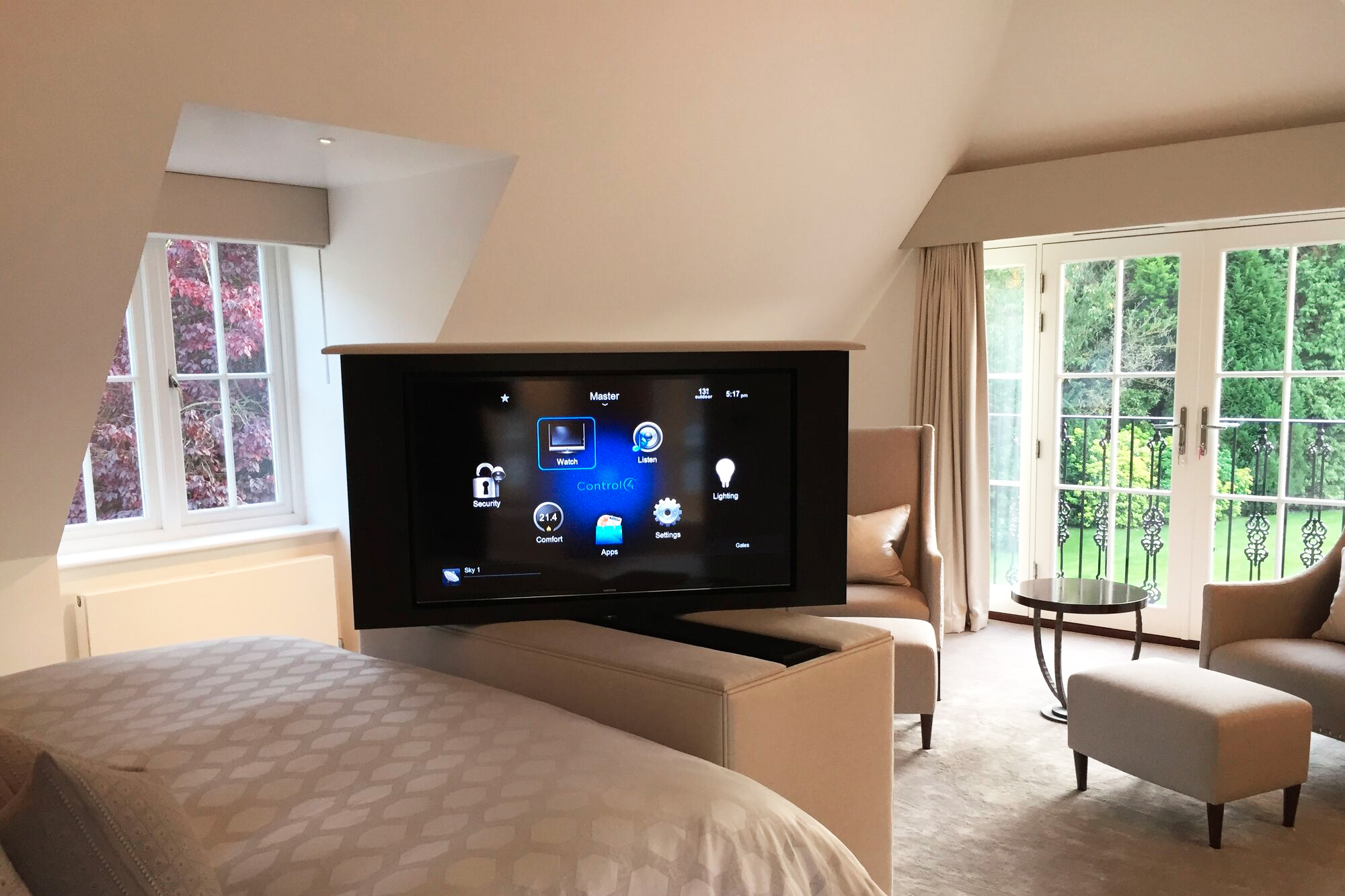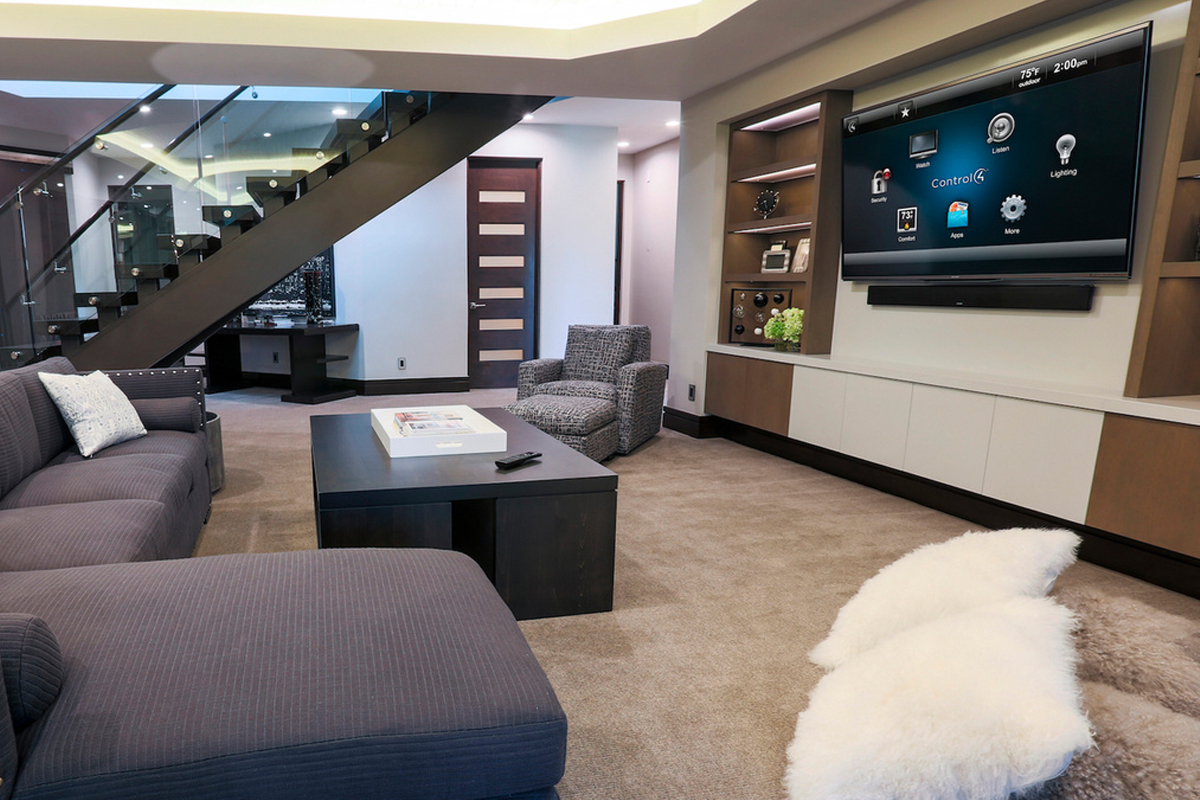4K – Quality over Content?
It seems that over the last year a new buzzword has reared it’s head in HD television technology. 4K! Vive la resolution! Compare this to earlier resolutions 576i/p, 720p and 1080i/p, one would be forgiven for thinking that it meant 4000p but this isn’t the case… why?
4K originates from cinema where the 35mm camera film has 4000 vertical lines and requires a 4k scan to get the most detail from the film. Likewise the 16mm film has 2000 and Imax has 8000+ which both require a 2K and 8K scan respectively. These scans can then pick up the fine detail present in the film ready to be archived.
Its important to clarify that 4K is seen as the cinema standard (DCI 4K) of 4096 × 2160 whereas UHD (Ultra High Definition) is the standard for televisions which oddly enough has 3840 × 2160. Not the 4000 you might expect.
So as can be seen above, the consumer resolution is actually 3.84K and also for some reason the resolution is marketed using the vertical resolution. This bucks the trend and by all accounts if the name name did follow the original system then 4K would actually be called 2160p HD (2.16K).
So we’ve gone from 4K to 3.84k to 2.16k in a matter of minutes…..but don’t let that ruin everything. 4K UHD has still got a huge resolution and great potential including higher frame rates, greater textures and a larger colour gamut leading ultimately to better colour reproduction.

Resolution
What do you do when there really isn’t anything to watch on tv?
Its worth knowing that right now there is no Full HD broadcasting in the UK, even after 10 years the industry is still broadcasting at 1080i or below. This leaves only streaming services, Blu-ray and games utilising the Full HD resolution. Something to think about right?
So picture this, you have your nice new 4K UHD television and like anyone you want to hook it up and see what your hard earned cash has got you. The hardware is all there and its aching to spit out some gorgeous detailed content, however currently there is little to no native 4K UHD content to be had.
That said, Sony has released a 4K player that gives access to over 100 4K titles at $699.99 with each film costing $7.99 for rental and $30.00 for purchase …. available in the US only, OUCH. This leaves the Netflix 4K service which so far has promised amazing things. High resolution, high frame rate and all at a maximum of 15 mbps download speed. Currently the second season of House of Cards is available in 4K on the service as long as your TV has hardware built in that can decode HEVC H.265 but the TV’s coming out now should all has this capability.
Apart from both Netflix and the American Sony 4K Streaming service there doesn’t appear to be much else out there although television networks are doing research and testing for the future as we speak. There is talk that the World Cup 2014 final will be broadcast in 4K.
You can show a full size and full resolution 8 megapixel photo or some home shot 4K video content from the upcoming release of Acer’s Liquid S2 phone and Sony’s FDR-AX100 Handycam both of which are aimed at the consumer market.
There have also been a release of a limited number of films dubbed “mastered in 4K” where a selection of films have been mastered using content from a 4K source. This content is still presented in 1080p but has been optimised for the upscaling process that will dominate the use of UHD TV’s until an extensive native 4K content source can be created

How to watch HD content at UHD Resolution?
Upscaling is the process of increasing a lower resolution to a higher resolution by interpolating or estimating the extra pixels with regards to the lower resolution pixels.
Have you ever zoomed in too much on a photo that it becomes blocky and jagged? Well if a 1080p video was just blown up on to a 4k screen the same effect would be apparent. Using upscaling technology this effect is smoothed out.
To view a 1080p video at 4K resolution on a 4K UHD screen there is an 400% increase in pixels so for each pixel in the lower quality video four will be used unless these extra pixels can be given extra information to create the more detail. i.e. 4K native signal or using an upscaler. This can lead to degradation in quality leaving the image soft or blurred. Native 4K video has pixel information for each of the individual pixels instead of estimating 4 pixels using the ones already present.
Television manufacturers claim to have highly complex upscaling technologies that can increase HD and even SD to 4K resolution. In reality the upscaling technologies will make HD and SD look better on a UHD screen and will reduce blockiness but what they can’t do well is create the fine detail like you would see in native 4K content. For more detailed explanation on upscaling check out: http://www.red.com/learn/red-101/upscaled-1080P-vs-4K
So lets say for a moment you have a UHD TV connected via some medium to an extensive library of 4K content. Will you see a difference ? an upgrade in performance or increased colour?
Its pretty obvious that UHD screens will provide four times the resolution of their predecessors which will benefit televisions of a certain size. There is debate on the perceivable difference between HD and UHD on screen sizes sub 80 inches which doesn’t promote confidence when parting with upwards of £2500. On screen sizes above 80 inches the individual pixels will be visible on a Full HD 1080p screen so the UHD resolution will greatly benefit the screen size and sitting position. Images will be bigger with more detail which screams for large panoramic shots that the viewer can explore with their eyes leaving them feeling immersed in the content
Ready to Start Your Project
Let’s discuss your property visions and how our services can facilitate your journey into the wonderful world of home automation.
